Water Purification & Hydration for Sustainable Camping
Information on maintaining hydration during camping by focusing on safe water purification practices.
In the world of camping, ensuring access to clean drinking water is a priority. When you find yourself surrounded by natural beauty, the last thing you’d want is to be worried about safe hydration. Let’s delve into the gentle art of water purification and hydration, and explore sustainable practices and gears that support this essential aspect of your camping experience.
Understanding Water Sources and Their Challenges
When camping, water sources are varied, each with their own unique challenges. Streams, rivers, lakes, and even rainwater can contain harmful bacteria, viruses, protozoa, and chemicals. To ensure your health and well-being, it’s important to treat your water before consumption.
Methods of Water Purification
Several methods exist to make water safe to drink. Each has its merits and limitations, often depending on the source of water at hand. Here are some common options:
Filtration
Filtration systems use physical barriers to remove impurities. Portable water filters are compact and usually require manual pumping or gravity feed systems. Some popular sustainable options:
- Personal Straw Filters: These allow you to drink straight from a water source. They’re lightweight and suitable for solo hikes.
- Pump Filters: A staple for group camping, these systems efficiently filter larger quantities of water.
Example: The Sawyer Products Mini Water Filtration System is a compact, widely used option known for its ease of use and sustainability.
Chemical Treatment
Using tablets or drops like iodine or chlorine dioxide can effectively purify water. They are lightweight and easy to pack, but may leave an aftertaste and take time to work.
Example: Chlorine dioxide tablets are well-respected for their ability to neutralize a wide range of pathogens, and are recommended by various outdoor experts.
UV Light
UV purifiers use ultraviolet light to kill bacteria, viruses, and protozoa. They are fast and easy, though they rely on batteries or solar power.
Example: The SteriPEN is among the popular UV purification devices. It’s compact, uses minimal power, and ensures safe water treatment.
Sustainable Hydration Practices
Adopting sustainable practices not only supports the environment but also enhances your outdoor experience.
Reusable Water Containers
Opt for BPA-free containers and hydration packs. Collapsible bottles and bags reduce space and weight in your pack. CamelBak and Platypus offer durable, reusable options.
Minimizing Water Waste
Use water sparingly. Opt for biodegradable soaps and wash away from streams to prevent contamination. This not only preserves the environment but ensures clean water for others.
Local Water Knowledge
Research the area you will be camping in. Understanding local water conditions can guide you in choosing the best purification method.
Learning and Sharing
The more knowledge we share within the camping community, the more we can advocate sustainable practices. Consider joining local forums or groups dedicated to outdoor adventures. They can be invaluable resources for tips and recommendations on the latest sustainable gear.
Finally, remember that preparedness can enhance your camping trip. By maintaining a considerate approach to water purification and hydration, we not only take care of ourselves but also honor the natural world we’re exploring.
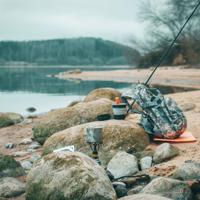
Solar Water Purifiers use sunlight to disinfect water and provide safe drinking options while camping.
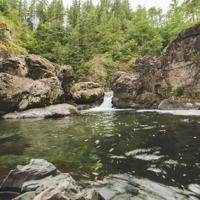
Sustainable water filters use environmentally responsible materials and extend the life of your gear.
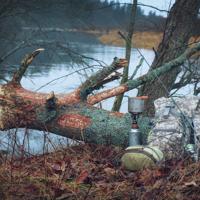
Gravity-Fed Water Purifiers offer a straightforward method of obtaining clean water in nature using the power of gravity.

Reusable water bottles provide a sustainable solution for reducing single-use plastics while camping.
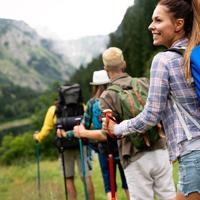
A closer look at hydration packs designed with sustainability and performance in mind.
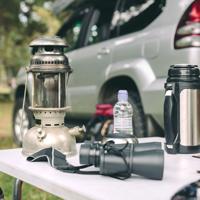
A selection of sustainable camping accessories and miscellaneous gear that support a greener outdoor lifestyle.
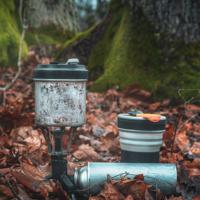
A page dedicated to showcasing sustainable cooking and dining gear for camping.
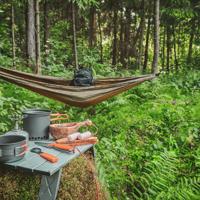
Sustainable Food Storage Containers offer durable and environmentally responsible options for outdoor adventures.